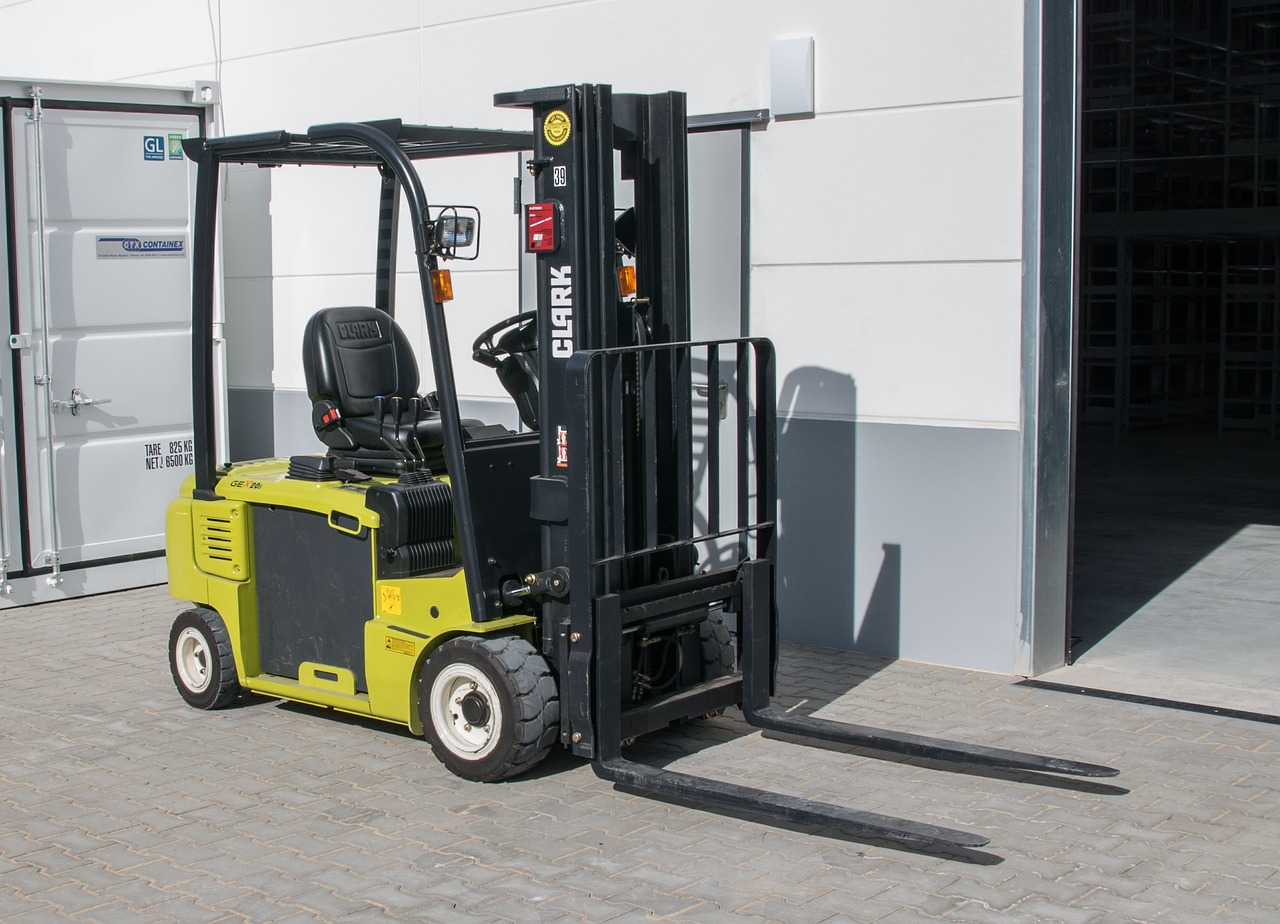
Forklifts make the hardest tasks easier, such as moving, lifting or handling loads. Particular attention to safety rules and standards is essential.
Here are some guidelines to follow for the safe operation of forklifts:
- Only authorized persons should operate forklifts.
- No riders should be allowed on forklifts. Do not raise people on a forklift.
- Slow down whenever you approach a ramp and drive slowly up and down the ramp.
- No one must walk, stand, or work under the elevated portion of a forklift (even if it is not loaded).
- Ensure that the forklift has an overhead barrier to protect the operator from falling objects.
- Drivers must be appropriately dressed – the correct safety gear, including hi-visibility jacket, safety shoes and hard-hats (as appropriate) should be worn.
- Always work within the capacity limits of your forklift. Consult with the manufacturer or a qualified mechanic before modifying the operation or capacity limits of a forklift.
- Do not operate a forklift in areas deemed hazardous or containing explosive materials.
- Never lift a load while moving. Wait until you are completely stopped before raising the mast.
- Be sure the top load sits squarely on the stack. An uneven load could topple.
- Travel with loads slightly tilted back to provide stability.
- Travel with loads at the proper height. A stable clearance height is usually 4 to 6 inches at the tips and 2 inches at the heels of fork blades.
- Lift stacked loads in the same manner as loads on the floor.
- When preparing to leave the forklift unattended, lower the mast, neutralize the controls, shut the power off, and set the brakes. – The forklift is “unattended” when the operator is more than 25 feet away or the forklift is out of view.
- When ascending or descending a grade in excess of 10 percent, drive the forklift with the load upgrade.
- If you cannot see over a load, drive in reverse. Do not try to look around a load and drive forward.